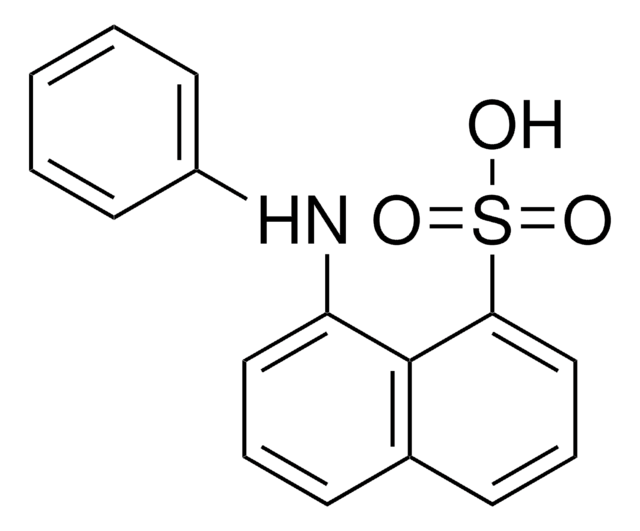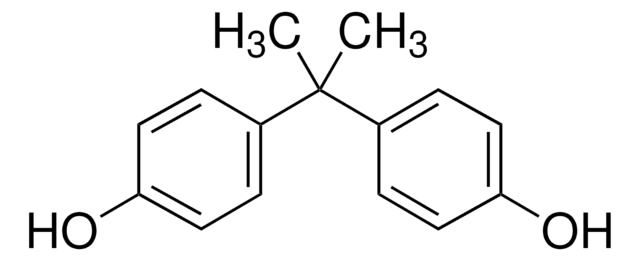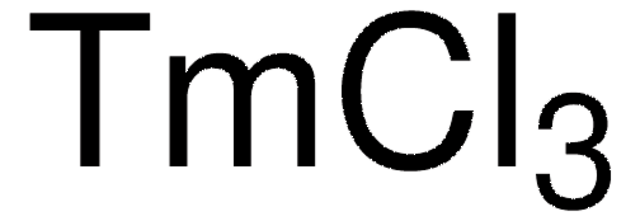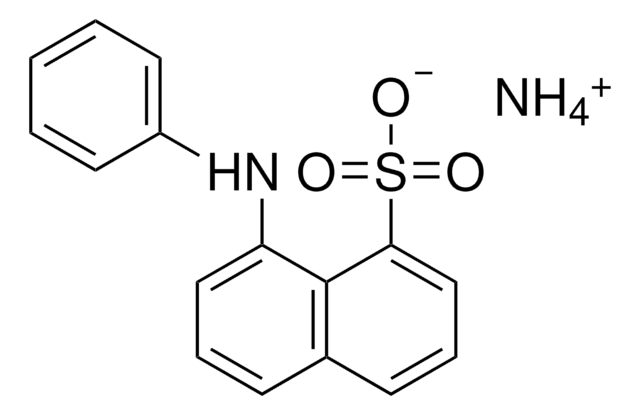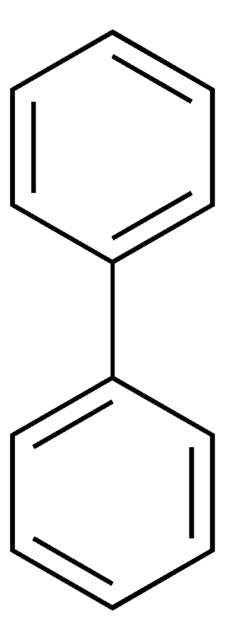41525
N,N-Dimethyl-6-propionyl-2-naphthylamine
BioReagent, suitable for fluorescence, ≥98.0% (HPLC)
Synonym(s):
2-(Dimethylamino)-6-propionylnaphthalene, 6-Propionyl-2-(dimethylamino)naphthalene, Prodan
About This Item
Recommended Products
product line
BioReagent
Quality Level
Assay
≥98.0% (HPLC)
form
solid
mp
137 °C (lit.)
solubility
DMF: soluble
acetone: soluble
acetonitrile: soluble
methanol: soluble
fluorescence
λex 361 nm; λem 498 nm in methanol
suitability
suitable for fluorescence
SMILES string
CCC(=O)c1ccc2cc(ccc2c1)N(C)C
InChI
1S/C15H17NO/c1-4-15(17)13-6-5-12-10-14(16(2)3)8-7-11(12)9-13/h5-10H,4H2,1-3H3
InChI key
MPPQGYCZBNURDG-UHFFFAOYSA-N
Related Categories
Application
Packaging
Other Notes
Storage Class Code
11 - Combustible Solids
WGK
WGK 3
Flash Point(F)
Not applicable
Flash Point(C)
Not applicable
Personal Protective Equipment
Choose from one of the most recent versions:
Already Own This Product?
Find documentation for the products that you have recently purchased in the Document Library.
Customers Also Viewed
Our team of scientists has experience in all areas of research including Life Science, Material Science, Chemical Synthesis, Chromatography, Analytical and many others.
Contact Technical Service